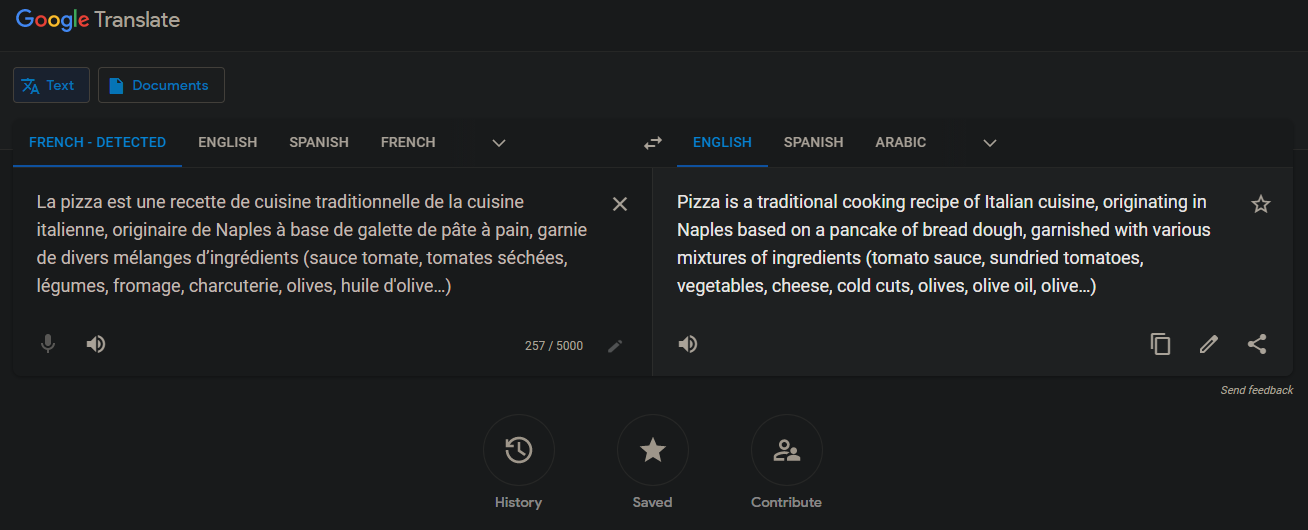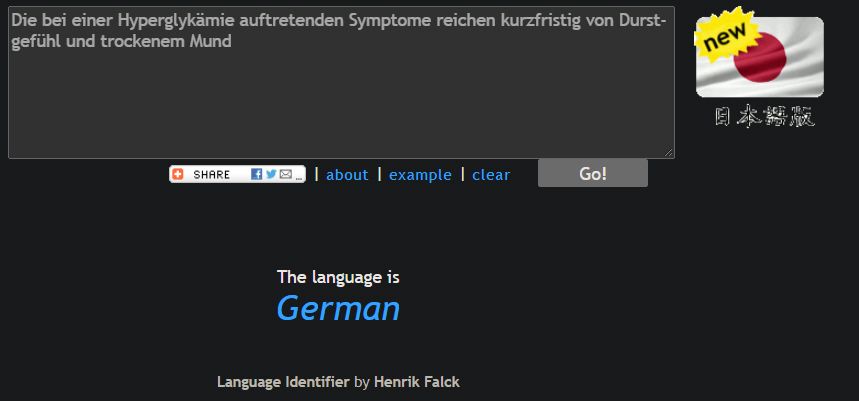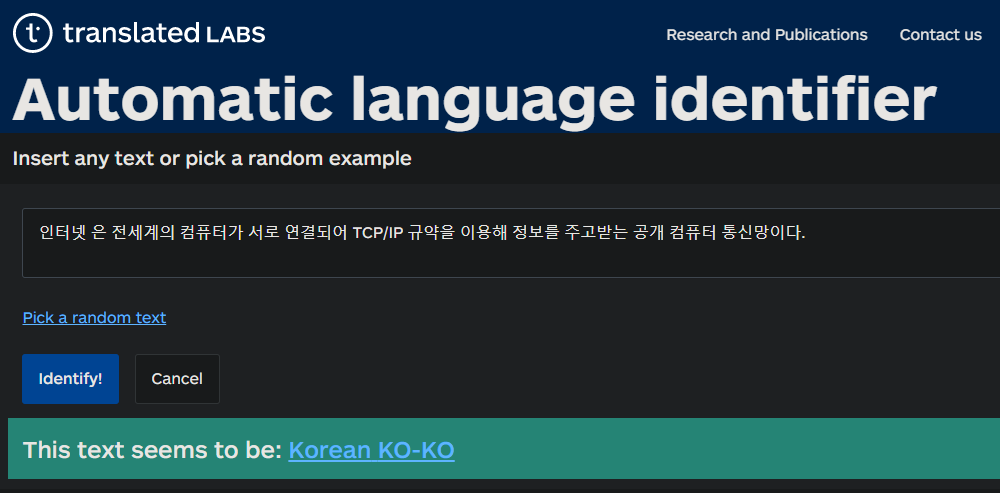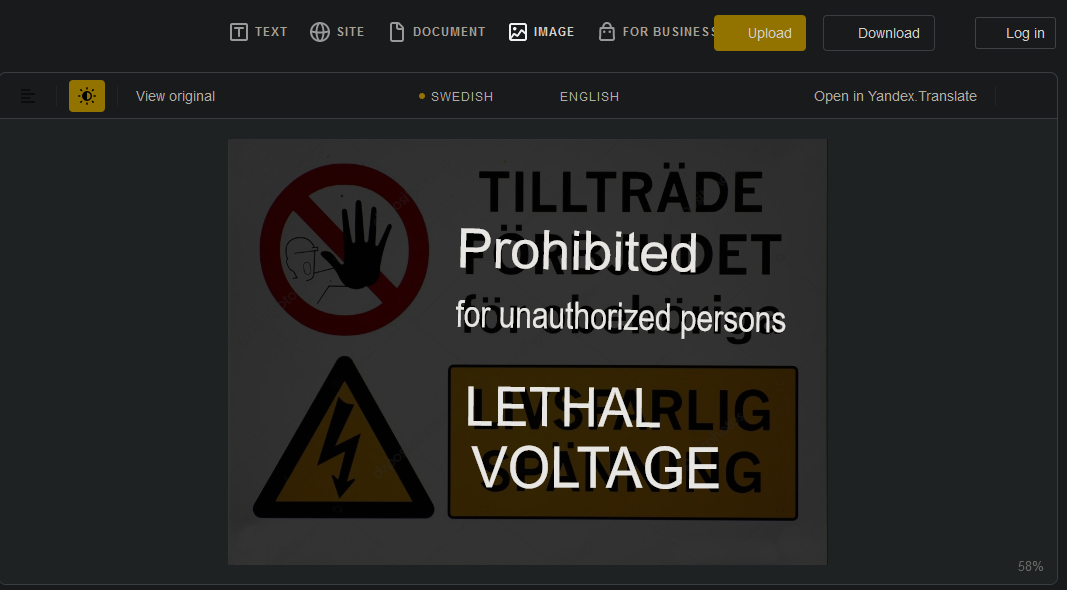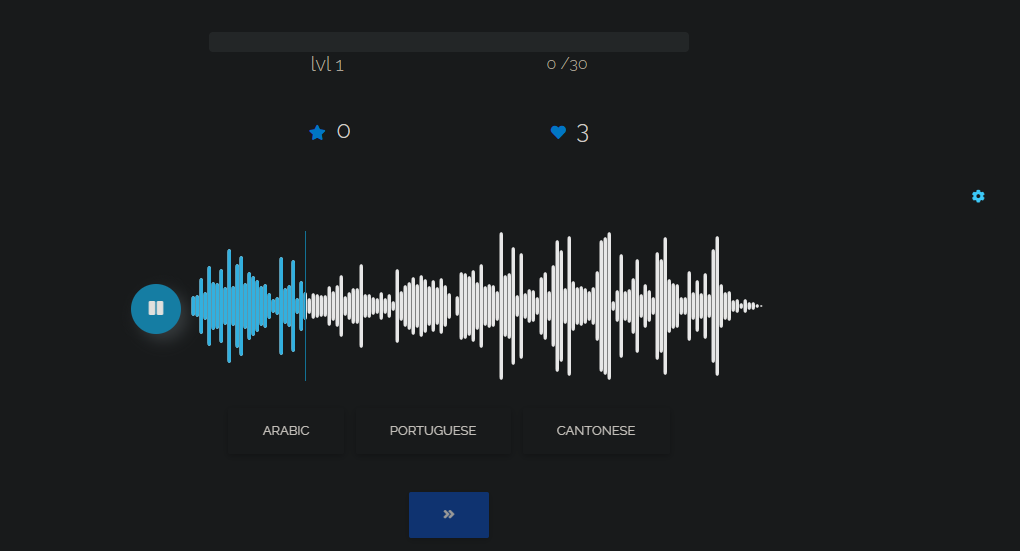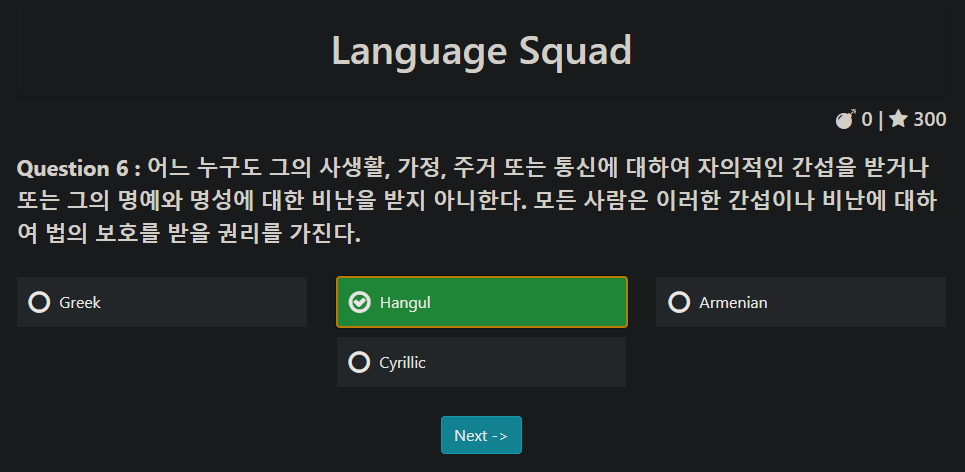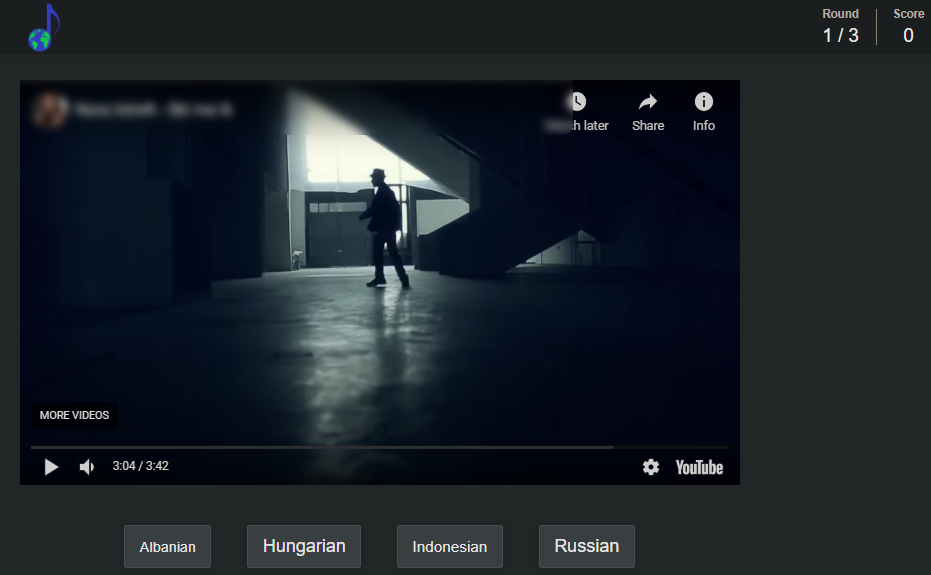If you've come across a language you can't identify, it might drive you crazy until you figure out what it is. Even if you don't speak multiple languages, it's useful to know what a language is just by looking at it.
Let's look at some language finder services to help you identify which language you're looking at in an image or text.
1. Google Translate
You've probably used Google Translate before. But did you know that it has a "detect language" feature that lets you work with unknown languages?
To use it, copy some text in the unknown language and head to Google Translate. Paste your text in the box on the left. As soon as you do, it should detect the language of the pasted text, showing [Language] — Detected above, and translate it to English for you.
If it doesn't do so automatically, click the dropdown arrow above the left box to show all supported languages. Here, choose Detect Language. And if you want to translate the detected text into something other than English, choose another language from the expanded menu on the right side.
This lets you easily identify a language and see what the text says, to boot. It's a great method for any text that you're able to copy on your phone or computer.
Don't forget that Google Translate offers a lot of cool features in its mobile app, too. There you can translate handwriting or use your camera to translate text in front of you. The app even has a transcription feature to translate someone talking in real-time, which could be useful if you want to identify a spoken language nearby.
2. What Language Is This?
This aptly-named tool identifies any language when you paste or type text into it. It doesn't translate the text, but that's not a big deal if you only want to know which language the text is in.
After entering your text, give it a second and you'll see what language it's in. In cases where there is more than one possible language, the tool will suggest other options. If this happens, you should try pasting a different sample from the source so you can confirm which language it is.
Once you've checked two or three phrases, chances are that you'll have it nailed down to one. Just be careful of potential mismatches with similar languages, like Spanish and Portuguese.
3. Translated Labs Language Identifier
Here's another simple tool to help you find out about unknown languages. Simply enter some text and you'll see its best guess when you click Identify. The service supports over 100 languages, so chances are that whatever you're looking for is here.
There aren't any frills, aside from the Pick a random text button if you want to challenge yourself to identify languages on your own.
Translated Labs also has a Spoken Language Identifier that can identify recorded audio or a file you upload, though it only supports a handful of languages.
4. Yandex Translate
Looking to detect a language from an image? Yandex Translate's image translation tool makes this easy. Simply upload an image from your computer (or drag it onto the page) and the service will detect the language in the image.
Like Google Translate, auto-detect should be enabled by default. If it's not, click the language name above the canvas and check Auto detect. The text will then change to show which language is in the image.
If you like, select the language you want to translate to on the right. Then you can click any text in the image to display it in your chosen target language.
The service isn't perfect, and it might be a bit confusing to figure out which original words correspond to which translated text. But it does a decent job.
5. Try Language Identification Games
You'll find many other tools, almost identical to the above, to help you recognize a language. For something a little different, why not try a website that challenges you to identify various languages?
Not only is it enjoyable, but spending a bit of time with these languages will help you identify them in the future. If you're interested in general language identification, these games will help you identify certain characters and sound more easily.
LingYourLanguage
LingYourLanguage is a great game if you want to identify languages by audio. It allows you to play by yourself or in multiplayer mode in four difficulty levels: Easy, Regular, Hard, and Omniglot.
On each stage, you'll hear an audio clip in a certain language and must pick the correct answer from a few choices. After you answer, click a language to learn a bit more about it if you like, as well as check the source of the audio. You only have a limited number of lives, so see how high you can score!
The game contains over 2,500 samples in almost 100 languages, so there's plenty to discover.
Language Squad
Language Squad is a similar experience to the above. It offers both Audio and Alphabet challenges. Audio is a lot like LingYourLanguage, and offers four difficulty levels that progressively include more languages to increase the challenge level. It also only allows for three mistakes while you try to rack up as many points as you can.
Alphabet, as you'd expect, presents you with a text sample of a language. However, you aren't identifying the language—this has you identify the alphabet. So if you see a sentence and recognize it as Russian, you'll also have to know that Russian uses the Cyrillic alphabet.
Pick from Easy or Hard mode, depending on the number of alphabets you want in the pool.
LanguageGuesser
LanguageGuesser challenges you to identify the language spoken in random music videos from YouTube. Choose from Classic or Infinite modes.
In Classic, you can set the number of rounds (from 1-20) and choose the difficulty. Infinite mode instead challenges you to get as many points as you can before you make three mistakes. Both modes allow you to choose between Pop and Hip-Hop genres.
You'll get the most points for guessing correctly on your first try, but can also score if you get it right the second or third time. The game blurs out the video title so it doesn't give the language away. And at the end of each round, you can review the music you heard and check out more from the artists.
If you want to spin your language identification to a more practical use, this is a great option. We've shown how to identify the music in YouTube videos if you need more methods.
Identify Languages by Learning the Basics
We've looked at a few useful ways to quickly identify what language you're looking at. Whether you want to identify the language in a picture or text on a website, it's not hard with these resources.
If you want to take this a step further, consider learning the basics of several languages. This will increase your knowledge of the world's tongues and allow you to identify the differences between languages more easily. There are plenty of great language-learning apps to help get you started.


